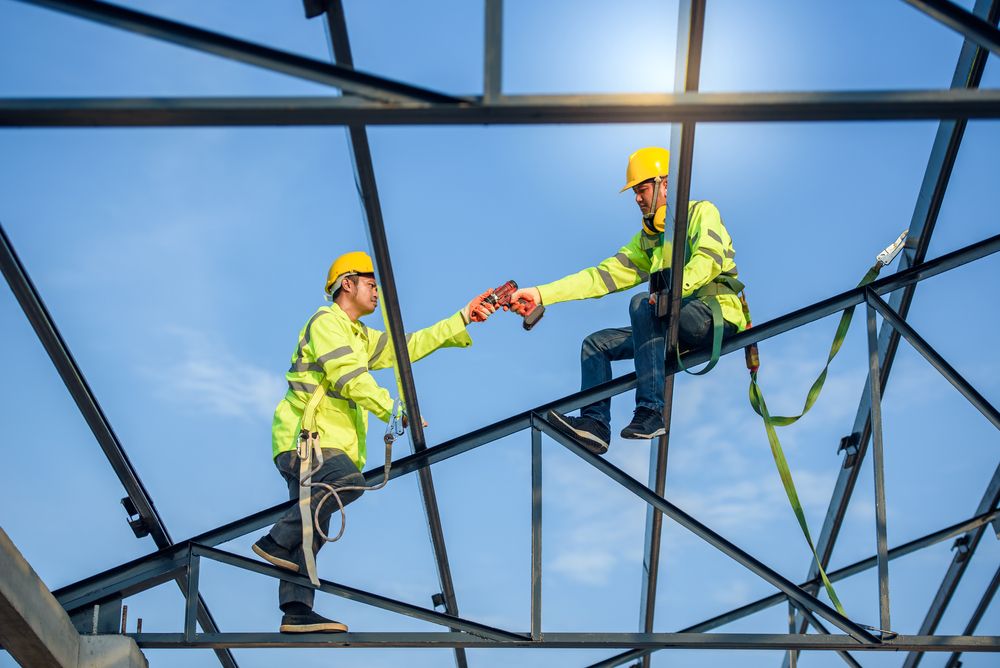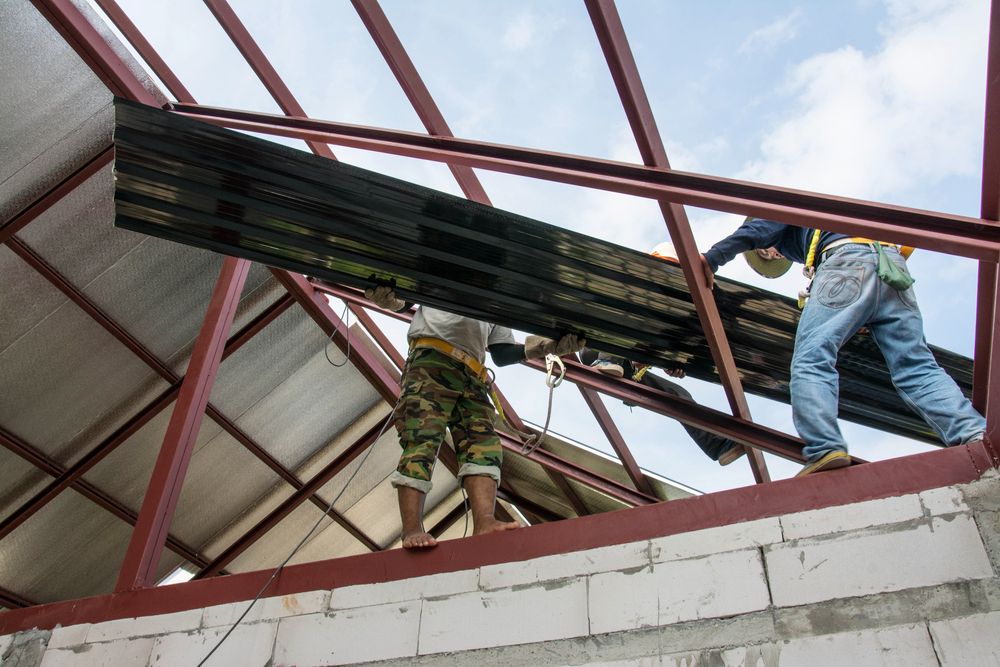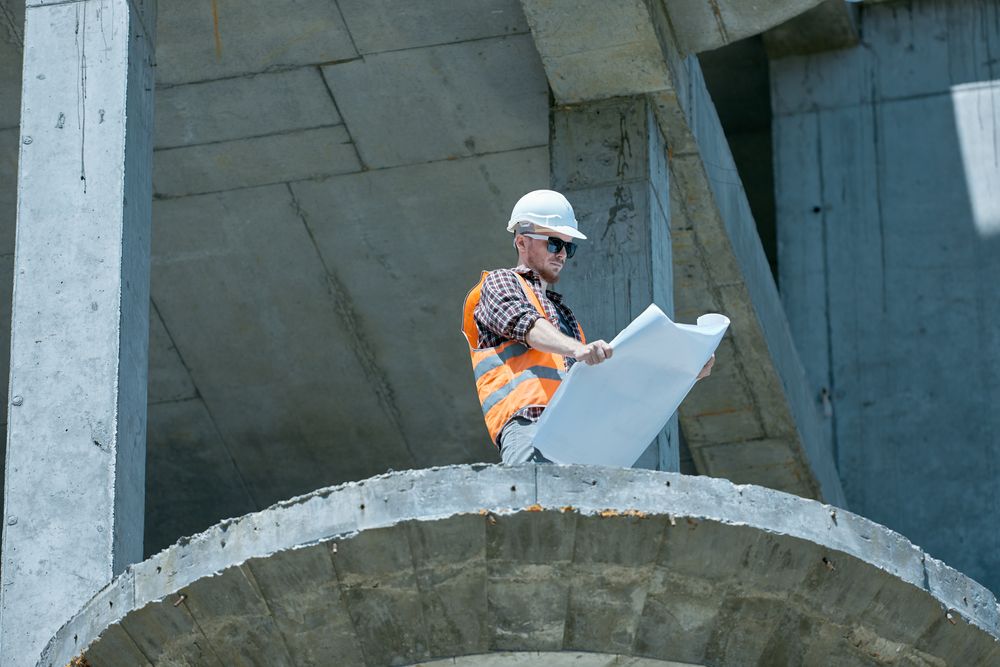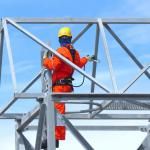
Working at Heights: Fall Protection Training & Re-Training

Fall protection training and refreshers currently constitute the bulk of topics for workers at heights.
Working at heights significantly increases the chances of workplace accidents.
As best efforts and practices to prevent incidents and fatalities, businesses save more through proper training. And with the right training comes a sure boost to employee morale.
That’s why working at heights training and fall protection are essential for any workplace where working at heights occurs (even not as high as you might expect) and the potential for injury from falls exists..
Where is Fall Protection Required?
Workers in heights from four feet above ground level or higher need to have protective equipment on. Protective gear such as;
- Fall restricting systems
- Travel restraint systems
- Fall arrest systems
- Safety nets
- Restraint belts, etc.
 Aside from ensuring employees put these gear on, companies must ensure compliance with O. Reg. 213/91 Construction Projects Regulations.
Aside from ensuring employees put these gear on, companies must ensure compliance with O. Reg. 213/91 Construction Projects Regulations.
Fall Protection Training: Essential Aspects Covered
Module 1: Theory
In the theoretical part of fall protection training, employees get information on several essential practices to ensure above-ground safety.
Module 2: Practical
The second section of fall protection training deals with out-field guidelines geared toward assuring employee safety.
Fall Protection Training Refresher Course
Refreshing fall training is integral in several aspects. Some major benefits on refresher training include;
- Updates on previous training for better fall protection
- Re-learning opportunity
- Access to detail on existing fall training guidelines
In general, fall training refreshers usually hold three years after the practical training (Module 2). Fall training refreshers follows Module 2 pattern with a few add-ons.
In-House Fall Protection Training Tips
 Use of passive protection
Use of passive protection
Maintaining proper passive system use is essential to keeping your workers safe when working at heights.
In this section, consider training your workers on how best to engage their protective gear onto railings and other supports.
With this info, it becomes easier for your staff to maintain proper safety when working in an unsafe level.
PPE/PFAS training
Personal protective equipment and fall arrest systems need to be central in your employees’ fall protection training. Without essential information in this aspect, making the most of fall safety becomes a challenge.
Fall distance awareness
Maintaining acceptable fall distance is essential for employee safety. When your employees need to work above ground, consider getting them the right training. Proper fall distance awareness involves:
- Distance calculation from ground to worker(s) height above surface
- Lanyard, anchor, and harness adjustment
- Height – deceleration equipment setting

Equipment selection
There’re several aspects to consider when it comes to selecting equipment to use when working at heights. You need to consider:
- the intended equipment to use (ladders, lift, scaffold, etc.)
- frequency of work (irregular, temporary, long-term operations)
- work location (<6ft, 6ft – 15ft, and >15ft)
Lift use training
Working at heights is likely to involve regular use of lifts.
Consider providing your employees ideal guidelines on how to operate work lifts. Such training becomes essential, particularly in open-air work sites.
Get More
ACT offers the full package for workplace safety training and consulting.
To prevent falls from height and make the safest conditions possible for working at height, talk to us today.
With the services we provide, your employees will be trained and equipped for maximum protection when working at heights.


